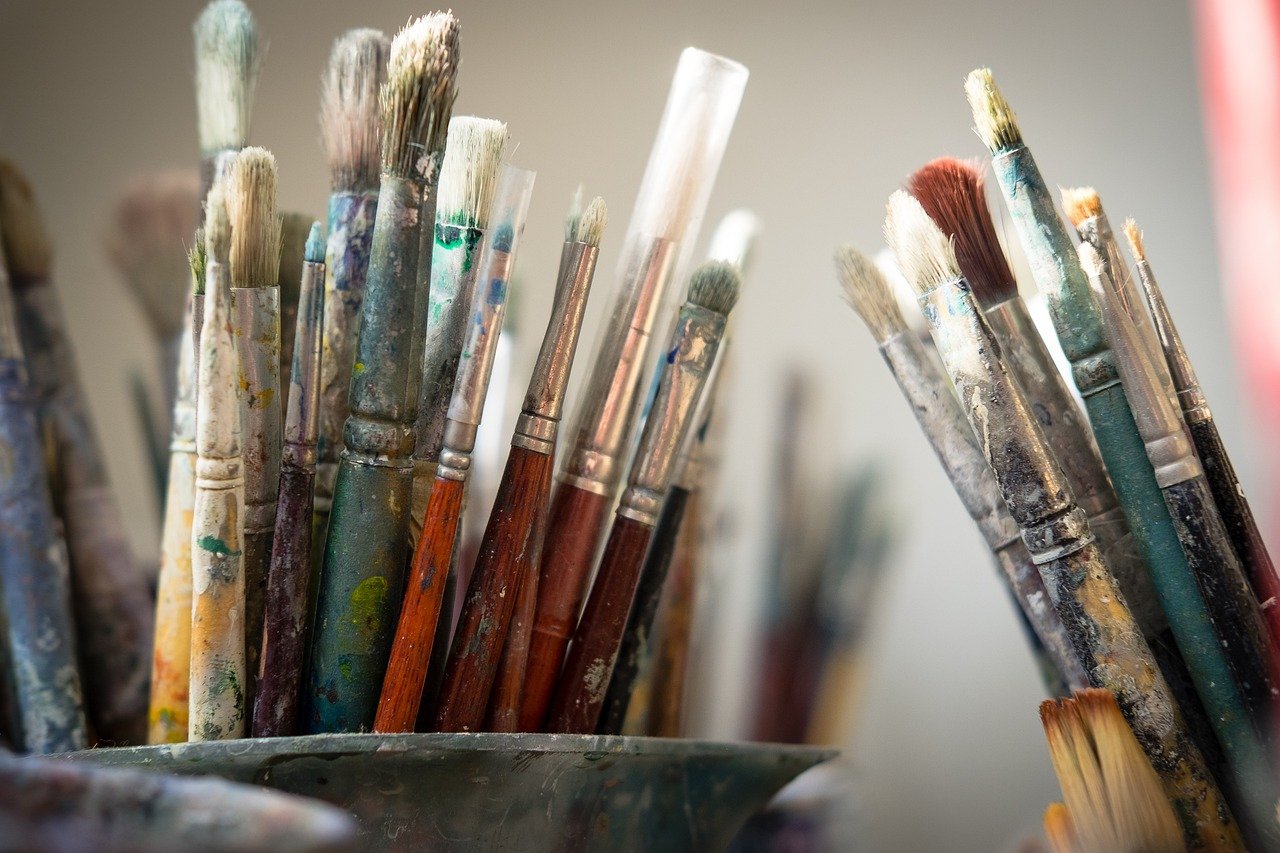Here is your 19th blog article on "How Art Improves Problem-Solving Skills in Children"
How Art Improves Problem-Solving Skills in Children
Introduction
Art is more than just a fun activity; it plays a crucial role in developing a child's problem-solving abilities. Whether it’s drawing, sculpting, or crafting, engaging in art encourages kids to think critically, make decisions, and overcome challenges creatively.
In this article, we will explore:
- How art develops problem-solving skills
- Scientific evidence supporting the connection between art and cognitive growth
- Different types of artistic activities that boost problem-solving
- How parents and educators can integrate art into learning
- FAQs on art and problem-solving
For more related topics, check out our article The Role of Art in Child Development.
How Art Develops Problem-Solving Skills
1. Encourages Creative Thinking
Art requires thinking outside the box. When children experiment with colors, materials, or techniques, they learn to find unique solutions to artistic challenges.
Example: If a child’s painting doesn’t turn out as expected, they may mix colors or add details to fix it—developing adaptability and problem-solving skills.
2. Enhances Decision-Making Abilities
Artistic activities require constant decision-making, such as:
- Choosing colors
- Deciding on a design
- Selecting materials
Each of these small decisions strengthens critical thinking and improves the ability to evaluate options and outcomes.
3. Builds Resilience and Adaptability
When an art project doesn’t go as planned, children learn to adapt and try again. Over time, they develop resilience, an essential life skill that helps them navigate challenges in school and everyday life.
Example: A child struggling to sculpt a clay model will keep adjusting their technique until they get the desired shape.
Scientific Evidence: The Link Between Art and Problem-Solving
Research studies highlight the positive impact of art on cognitive development:
- A study by Michigan State University found that children engaged in artistic activities showed higher levels of innovation and problem-solving in adulthood.
- Harvard University research suggests that artistic expression stimulates the brain's prefrontal cortex, responsible for decision-making and critical thinking.
- The National Endowment for the Arts found that students involved in the arts perform better in math and science, showcasing improved spatial reasoning and logical thinking.
Want to learn more about how art enhances cognitive skills? Check out How Art Enhances Cognitive Development in Kids.
Types of Artistic Activities That Improve Problem-Solving
1. Drawing and Painting
- Encourages experimentation with colors and shapes
- Develops attention to detail and spatial awareness
2. Sculpting and Clay Modeling
- Teaches kids to work with 3D forms
- Improves hand-eye coordination and adaptability
3. Collage and Mixed Media Art
- Helps children think critically about composition
- Encourages resourcefulness by using different materials
4. Origami and Paper Crafts
- Strengthens patience and precision
- Develops logical thinking through step-by-step folding
For more fun artistic activities, visit Top 10 Art Activities for Kids.
How Parents and Educators Can Use Art to Teach Problem-Solving
1. Provide Open-Ended Art Projects
- Instead of step-by-step crafts, give children free choice to experiment.
- Encourage them to find creative solutions instead of fixing mistakes for them.
2. Ask Open-Ended Questions
- Instead of saying, "This is wrong," ask, "How can you make this better?"
- Encourage kids to explain their thought process while creating art.
3. Encourage Group Art Projects
- Working in teams helps children collaborate and solve problems together.
- They learn to negotiate ideas and adjust their approach.
4. Connect Art to Real-Life Problems
- Ask children to illustrate a story problem or design a solution to an everyday issue.
- Encourage STEAM projects (Science, Technology, Engineering, Arts, Math) to integrate creativity into problem-solving.
For more creative teaching ideas, check out How to Teach Kids to Paint.
FAQs: Art and Problem-Solving in Children
1. Can art really improve problem-solving skills?
Yes! Art stimulates brain activity, encourages critical thinking, and teaches adaptability—all essential for problem-solving.
2. How often should kids engage in art to see benefits?
Experts recommend at least 30–60 minutes of creative activities 4-5 times a week for cognitive growth.
3. What if my child isn’t interested in art?
Try different forms like music, sculpture, digital art, or crafts to find what excites them.
4. Can art help children with learning difficulties?
Yes! Art enhances focus, boosts memory, and helps children express ideas visually, making learning easier.
5. What’s the best art activity for improving problem-solving?
Open-ended activities like painting, LEGO building, and storytelling allow children to explore multiple solutions freely.
For more art education FAQs, visit Our Art Education Blog.
Conclusion
Art is a powerful tool for developing problem-solving skills in children. By allowing creative expression, making decisions, and overcoming artistic challenges, kids build the resilience and adaptability needed for real-life problem-solving.
Integrating art into education helps children think critically, develop patience, and learn innovative ways to approach problems—skills that will benefit them for a lifetime.
For more expert insights on art and creativity, visit https://sabachha.blogspot.com.

कोई टिप्पणी नहीं: